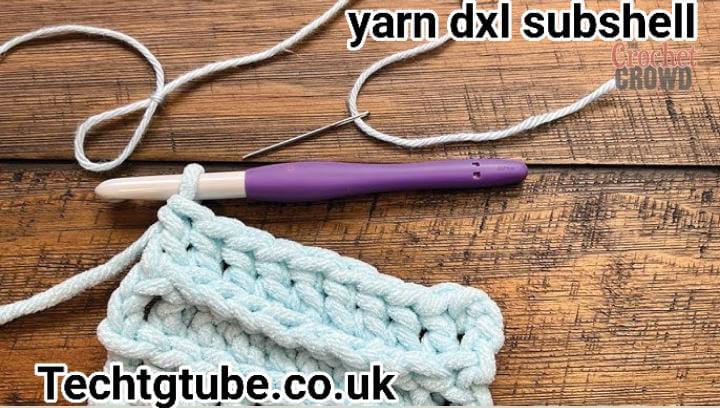Locating irrigation valves is an essential task for maintaining and troubleshooting irrigation systems. Whether you choose to tackle the job yourself or hire a professional, understanding the associated costs and considerations can help you make an informed decision. This guide will delve into the factors affecting the cost, the various methods for locating valves, and the pros and cons of each approach.
Understanding the Importance of Locating Irrigation Valves
Irrigation valves control the flow of water to different parts of an irrigation system. Knowing their exact location is crucial for:
- Maintenance: Regular maintenance and repairs require access to valves.
- Troubleshooting: Identifying and fixing issues like leaks or blockages is easier with known valve locations.
- System Upgrades: Adding new components or making system changes often necessitates locating existing valves.
DIY Approach: Costs and Considerations
1. Tools Required for DIY Valve Location
Locating irrigation valves yourself can save money but requires some investment in tools and equipment.
- Metal Detector: A basic metal detector can help locate buried valves. Prices range from $50 to $200 depending on the model’s sensitivity and features.
- Garden or Utility Shovel: Essential for digging once you’ve pinpointed the valve’s location. Costs around $10 to $30.
- Valve Locator: Specialized devices designed to detect electromagnetic signals from valves can be more accurate. These tools cost between $100 and $500.
2. Time and Effort
- Time Investment: Locating valves manually can be time-consuming. Depending on the system’s complexity and the number of valves, it could take several hours to a full day.
- Physical Effort: Requires manual labor, including digging and possibly dealing with difficult soil conditions or obstructions.
3. Estimated Total DIY Cost
- Low-End Estimate: $70, including a basic metal detector and shovel.
- High-End Estimate: Up to $730 if opting for a high-quality valve locator and additional tools.
4. Benefits and Drawbacks of DIY
- Benefits: Cost-effective if you already own some tools and are willing to invest time.
- Drawbacks: Can be labor-intensive and less precise without professional-grade equipment. Risk of damage to the system or surrounding area if not done carefully.
Professional Services: Costs and Benefits
1. Professional Service Costs
Hiring a professional to locate irrigation valves can be more expensive but offers several advantages.
- Inspection Fees: Professional services typically charge between $75 and $150 per hour. Some companies offer flat-rate pricing for valve location services, generally between $100 and $300.
- Additional Costs: If repairs or replacements are needed, costs can increase significantly. Comprehensive services might range from $100 to $800 or more.
2. Advantages of Professional Services
- Expertise: Professionals have specialized knowledge and tools for accurate valve location.
- Efficiency: Faster and more precise compared to DIY methods, minimizing disruption to your landscape.
- Advanced Equipment: Utilizes advanced tools like ground-penetrating radar (GPR) or electronic valve locators, which can detect valves more effectively.
3. Considerations for Hiring Professionals
- Reputation: Choose a reputable company with positive reviews and proven experience.
- Scope of Work: Ensure that the cost covers all aspects of the service, including any necessary repairs or additional work.
Factors Affecting the Cost of Locating Irrigation Valves
1. Complexity of the Irrigation System
- Simple Systems: Easier and less expensive to locate valves due to fewer components and straightforward layouts.
- Complex Systems: Systems with multiple zones, buried valves, or complex layouts can increase both the time and cost involved.
2. Accessibility
- Easy Access: Valves that are easily reachable and not deeply buried are cheaper to locate.
- Difficult Access: Valves under hard surfaces (like concrete) or in challenging terrains may require special equipment and additional labor, increasing the cost.
3. Type of Equipment Used
- Basic Tools: Lower cost if using manual methods and basic tools.
- Specialized Equipment: Higher cost for advanced devices like GPR or electromagnetic locators, which provide greater accuracy.
4. Location and Labor Rates
- Geographic Location: Costs can vary based on regional pricing and local market conditions.
- Labor Rates: Professional service fees are influenced by the local cost of labor and the company’s pricing structure.
Tips for Managing Costs
1. Compare Quotes
- Get Multiple Estimates: Contact several professionals to get quotes and compare prices.
- Understand What’s Included: Ensure you understand what services are covered in the quoted price to avoid unexpected costs.
2. Consider Hybrid Approaches
- Combine DIY and Professional Help: Use DIY methods for initial valve location and hire a professional for precise detection or additional services if needed.
3. Invest in Quality Tools
- Long-Term Savings: Investing in high-quality tools for DIY can be more cost-effective in the long run if you need to locate valves frequently.
4. Regular Maintenance
- Preventative Measures: Regular maintenance can reduce the need for extensive valve location services by preventing issues before they arise.
Conclusion
The cost of locating irrigation valves varies widely depending on whether you choose a DIY approach or hire a professional. DIY costs can range from $70 to $730, while professional services typically cost between $100 and $300, with additional costs if repairs are needed. Factors such as the complexity of the system, accessibility of the valves, and the type of equipment used all influence the final cost. By considering your needs, budget, and the benefits of each approach, you can make an informed decision that best suits your situation.











